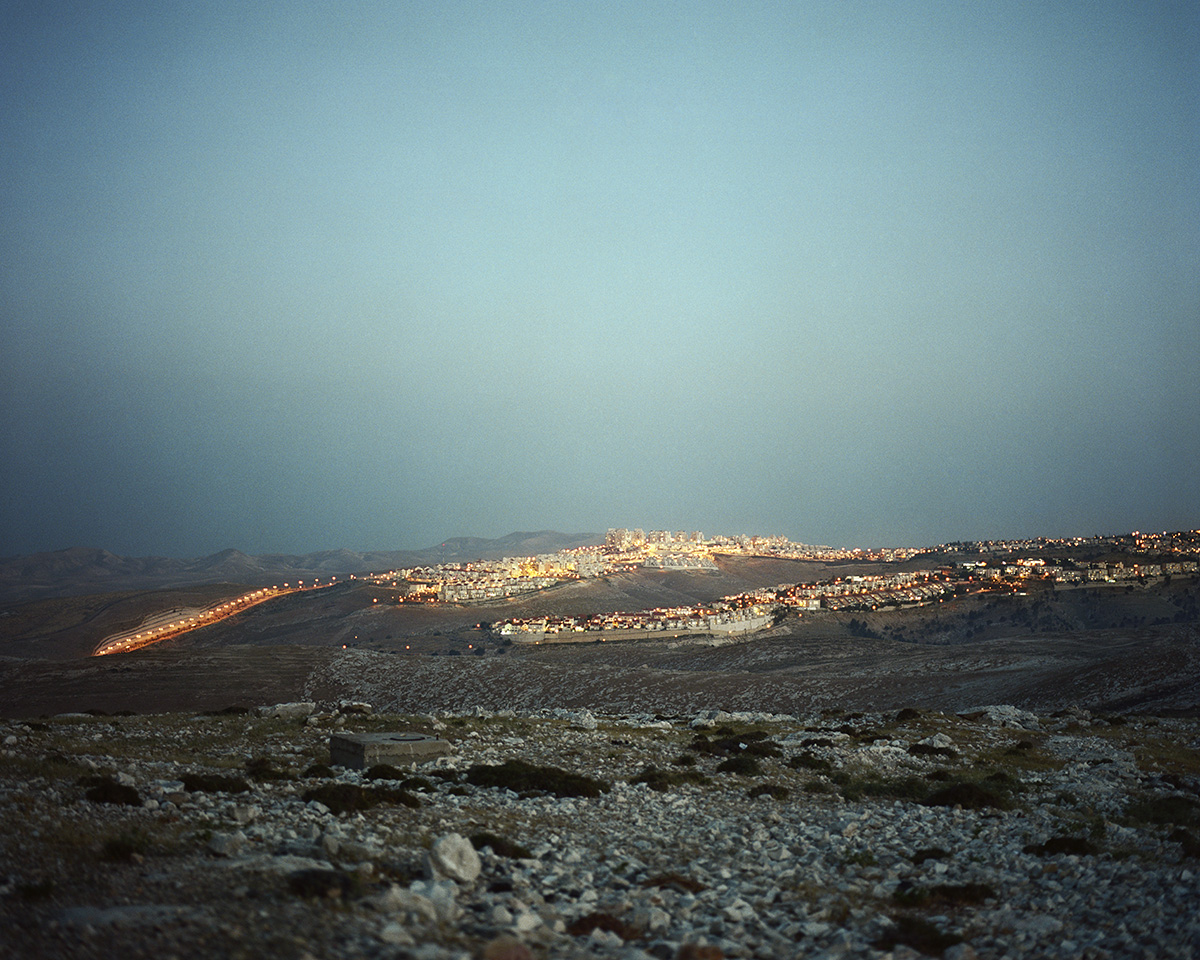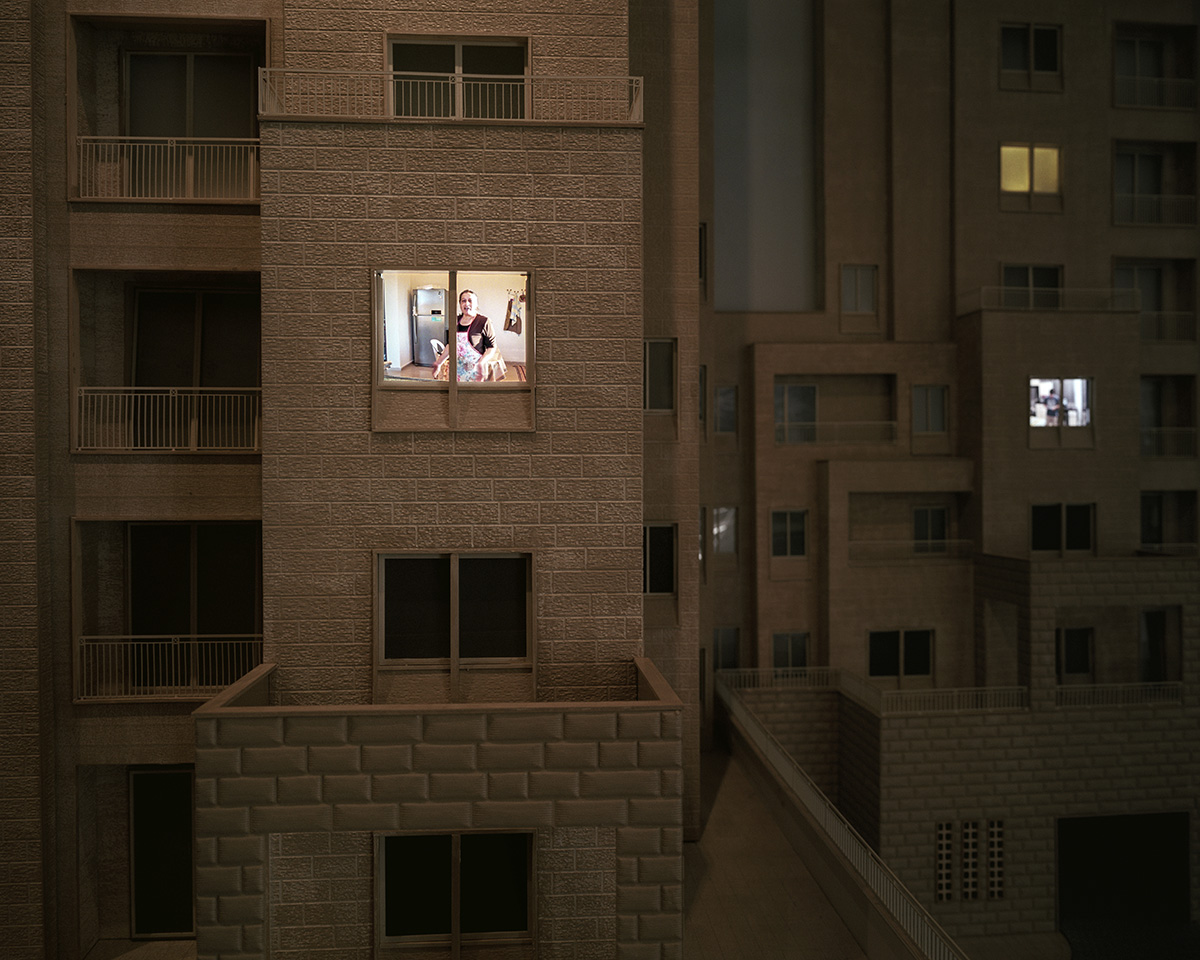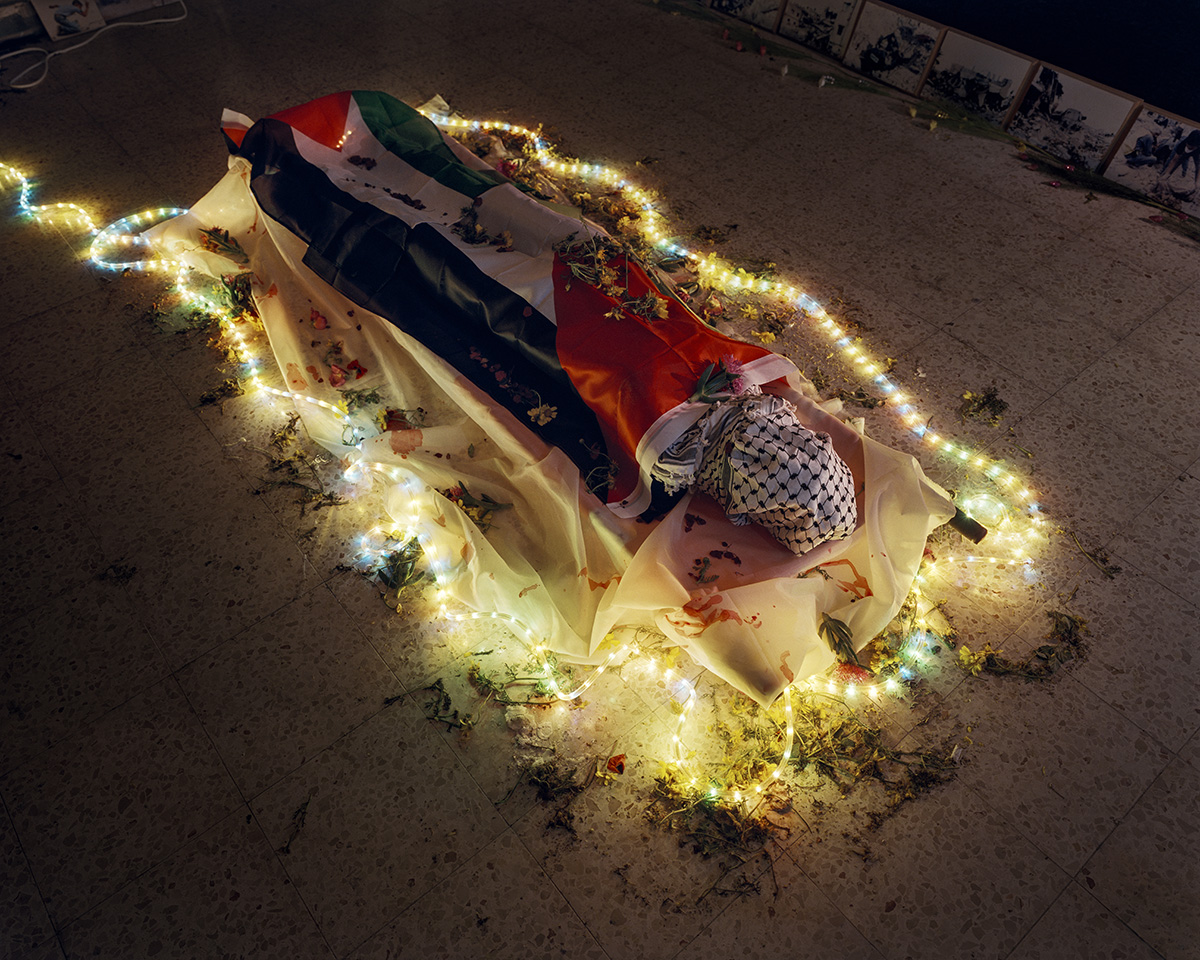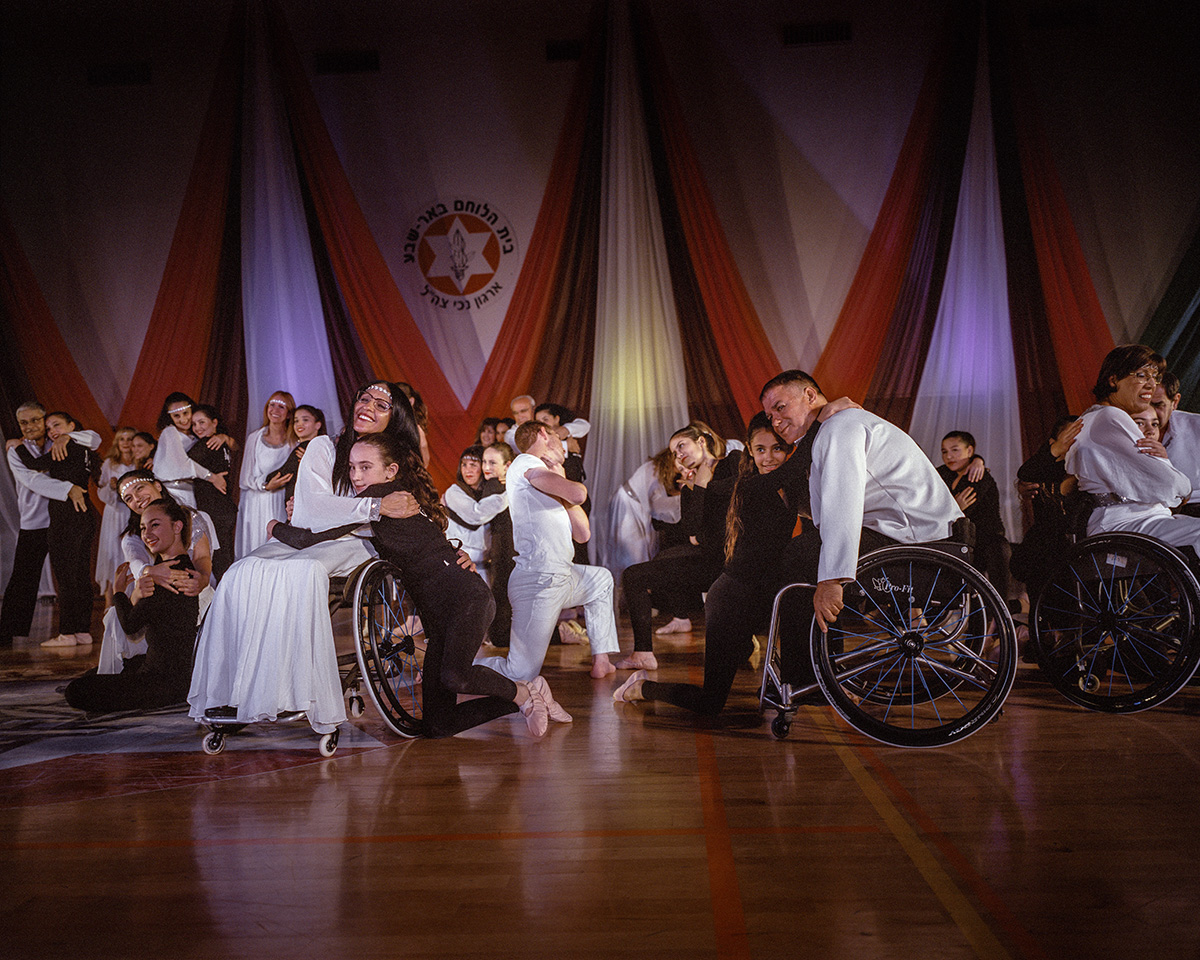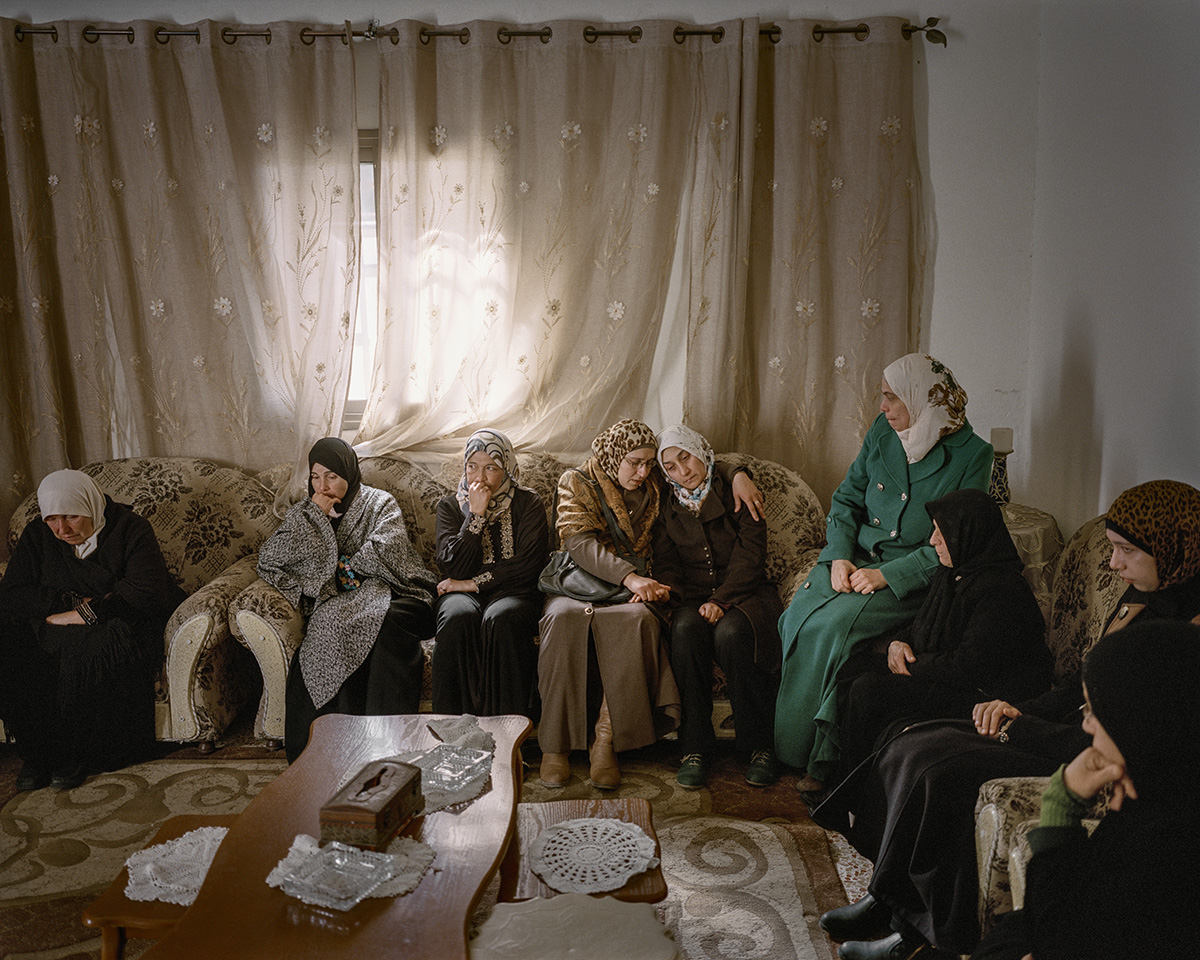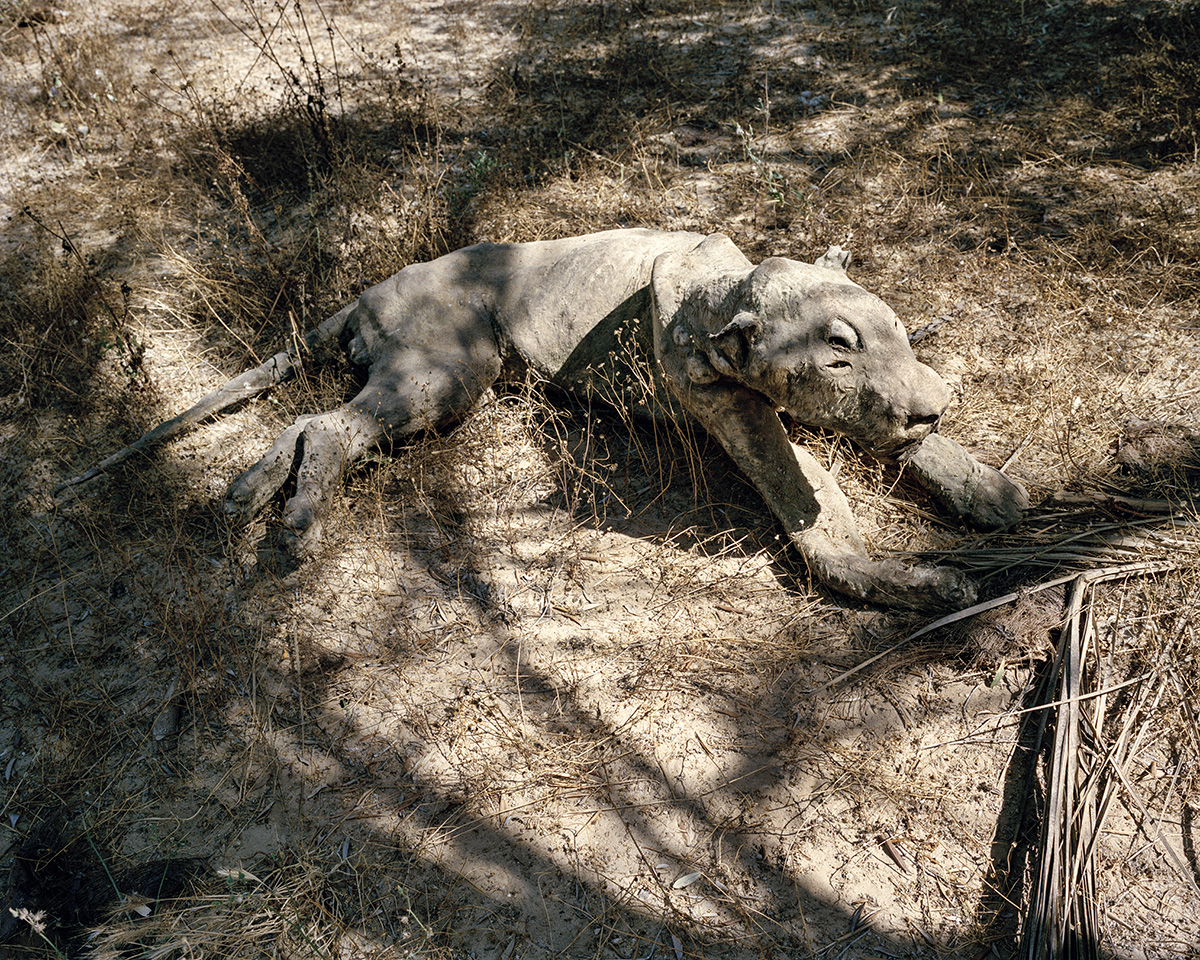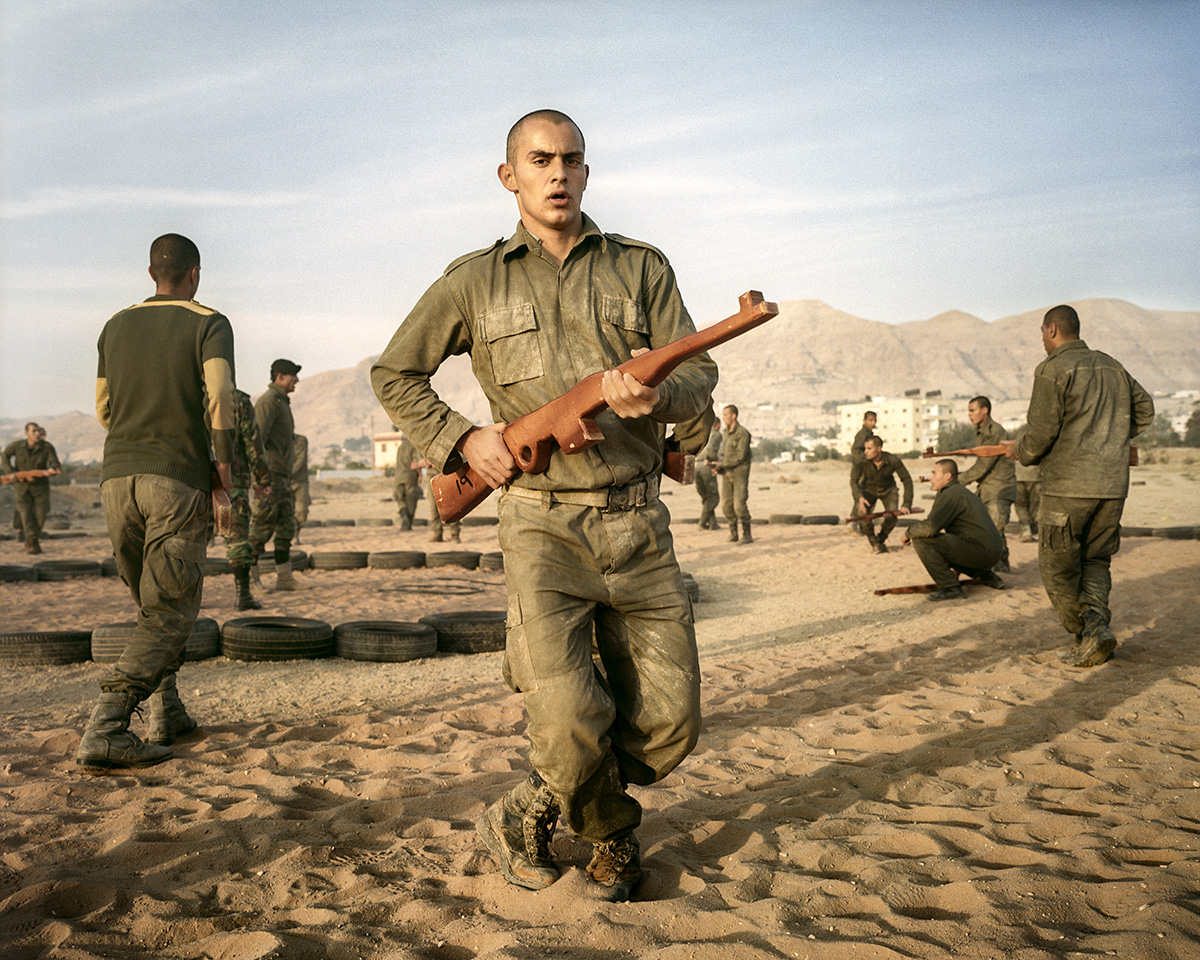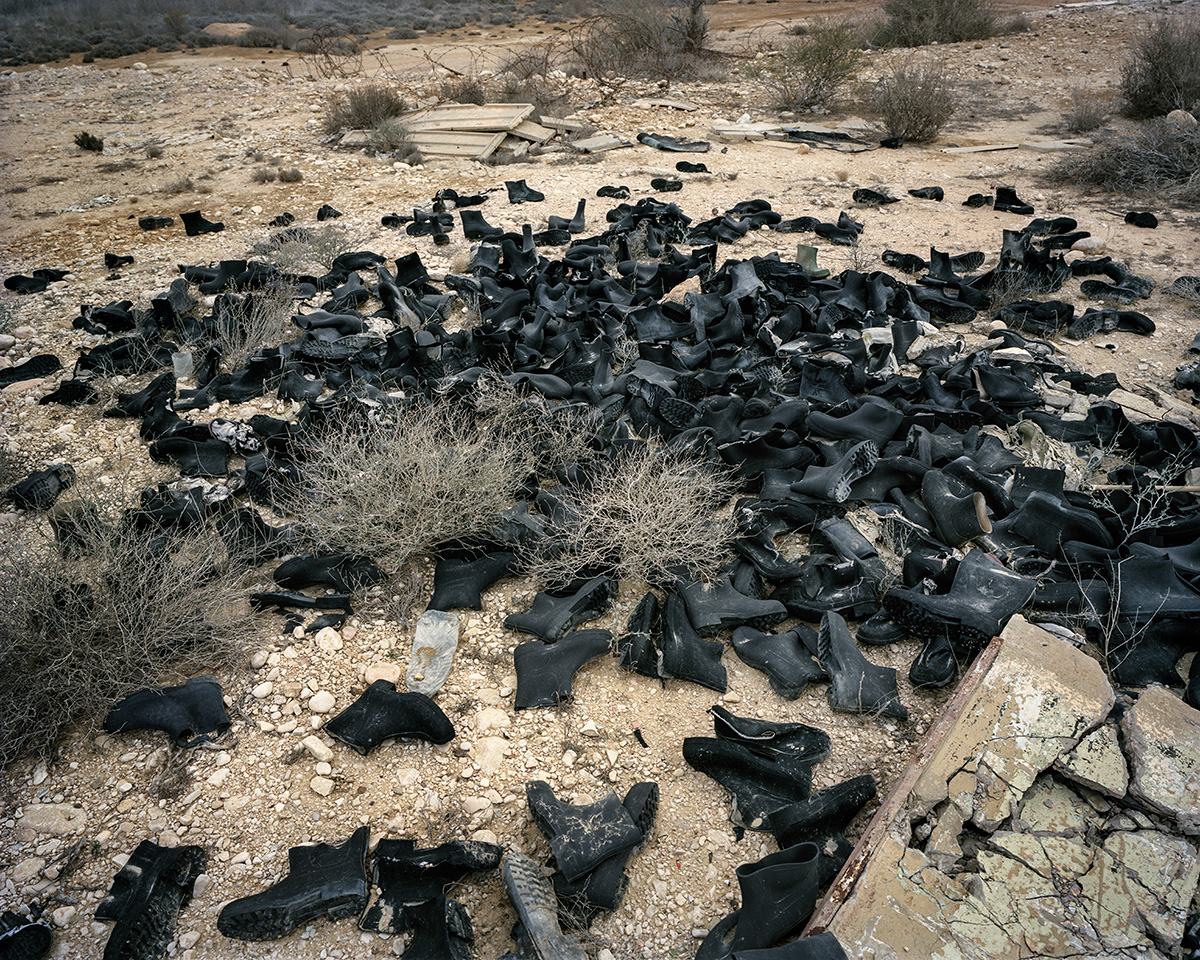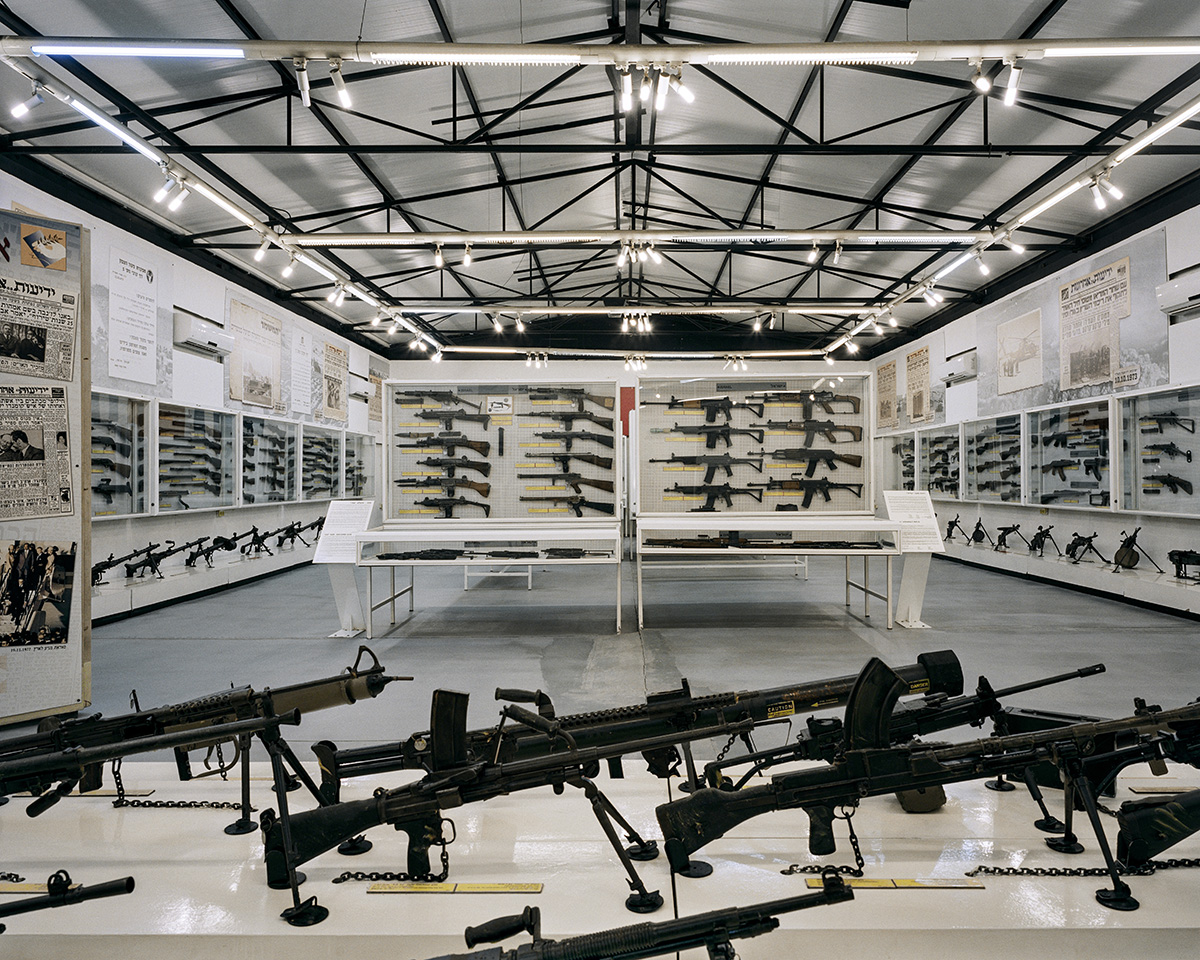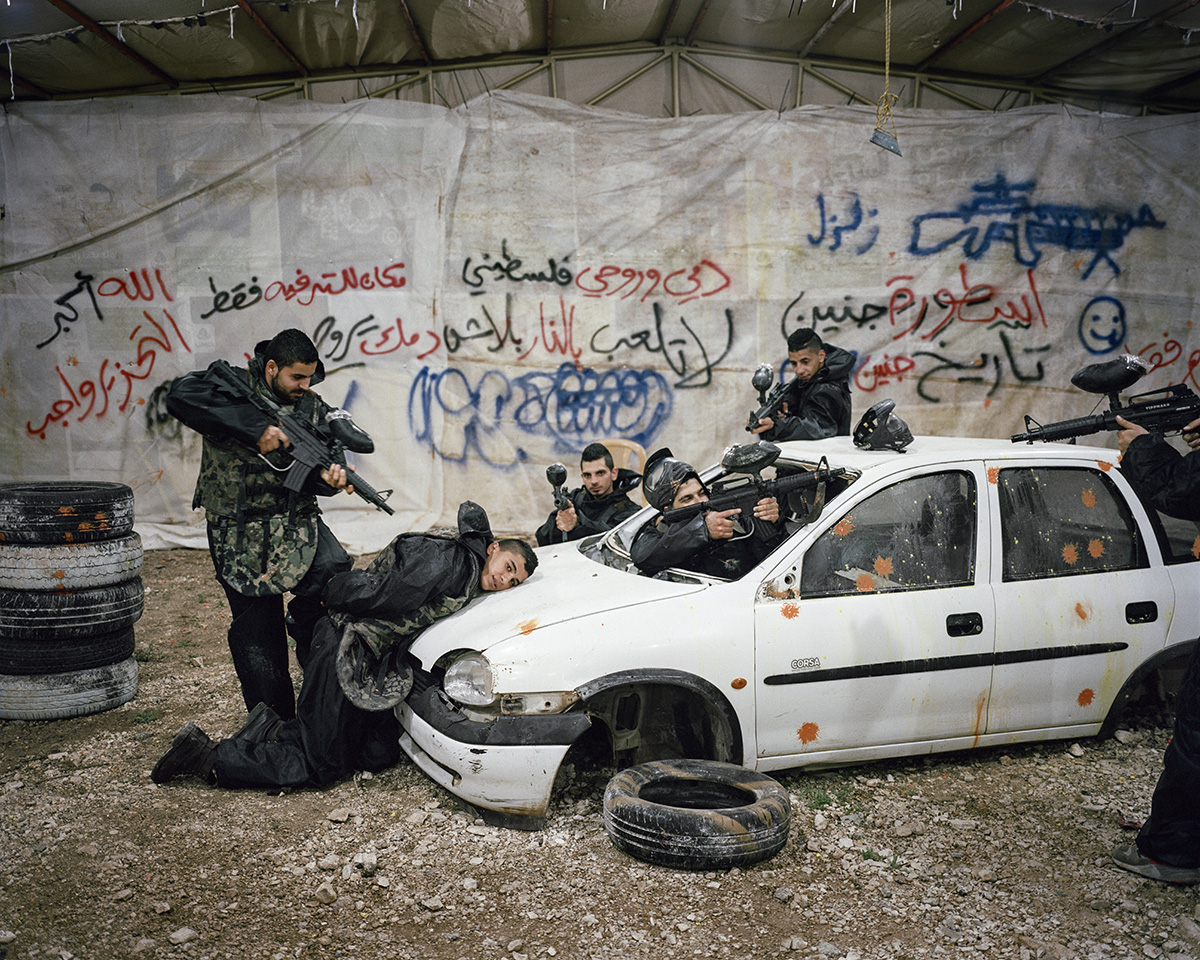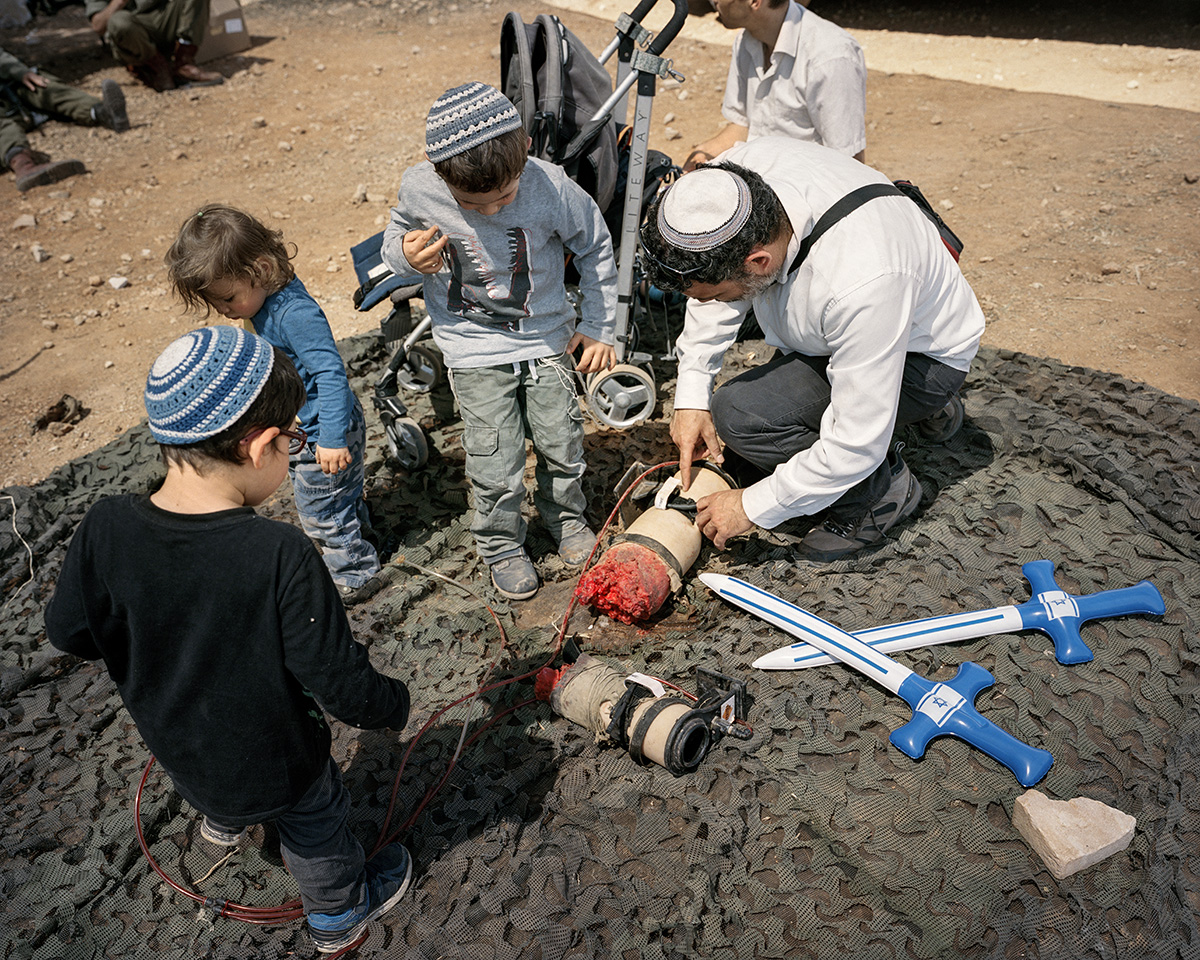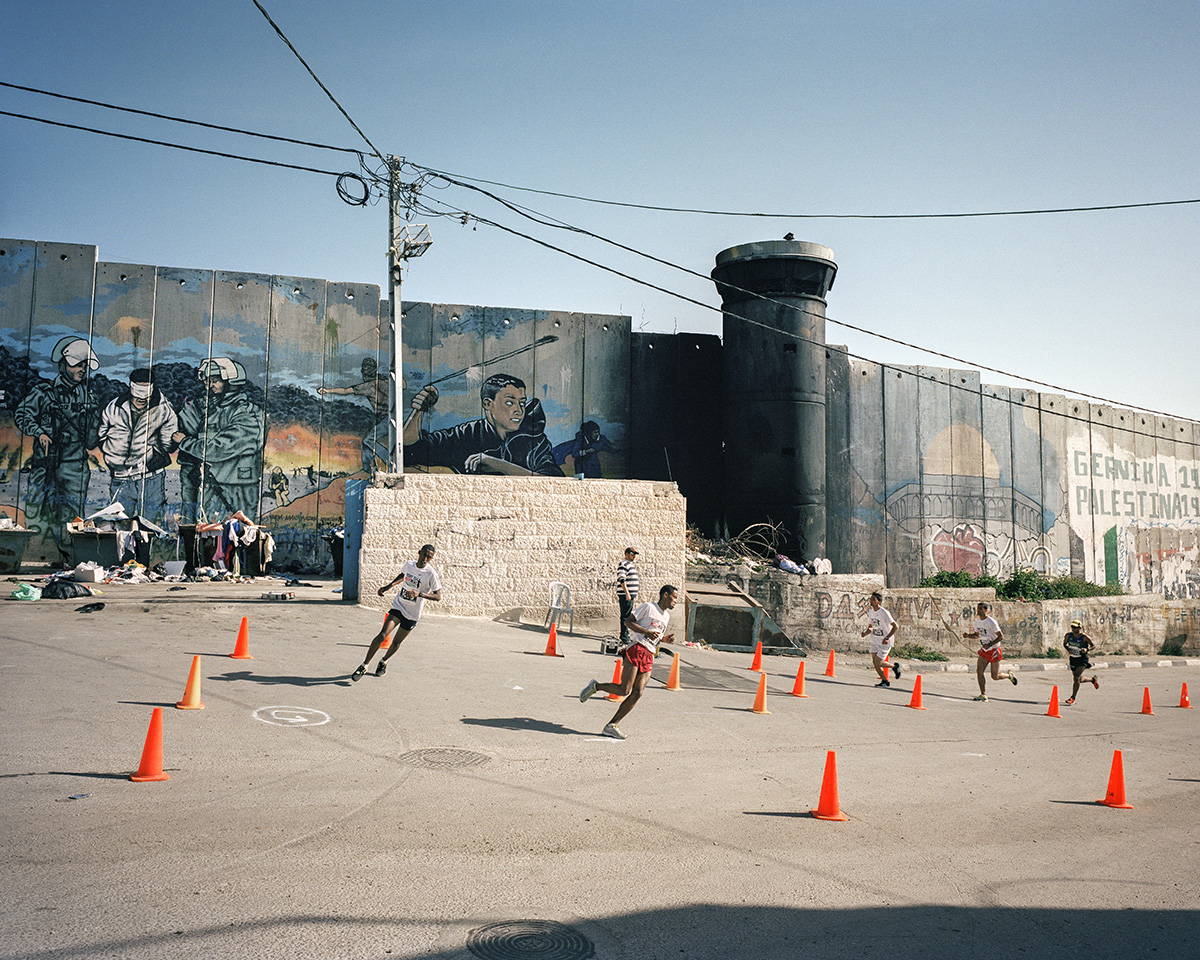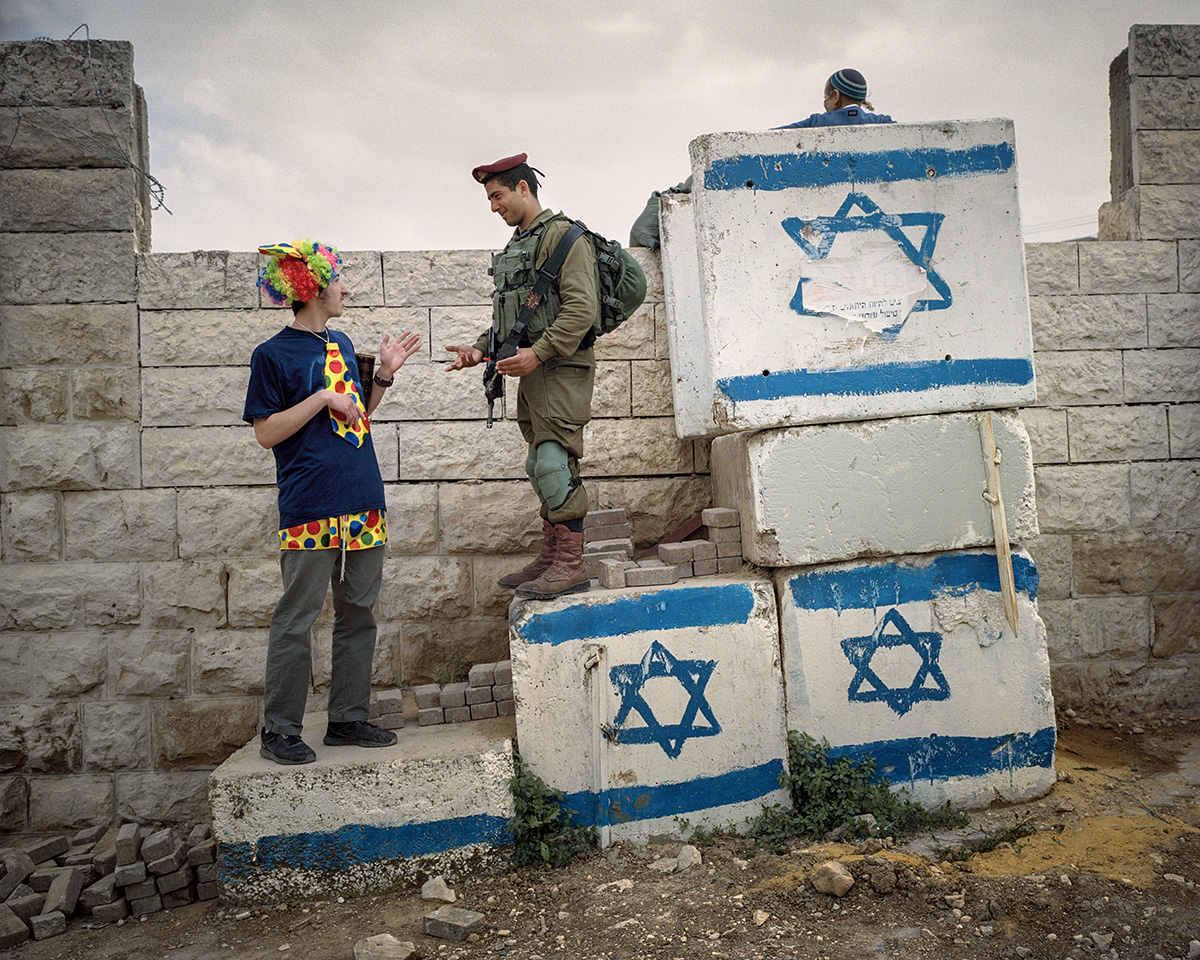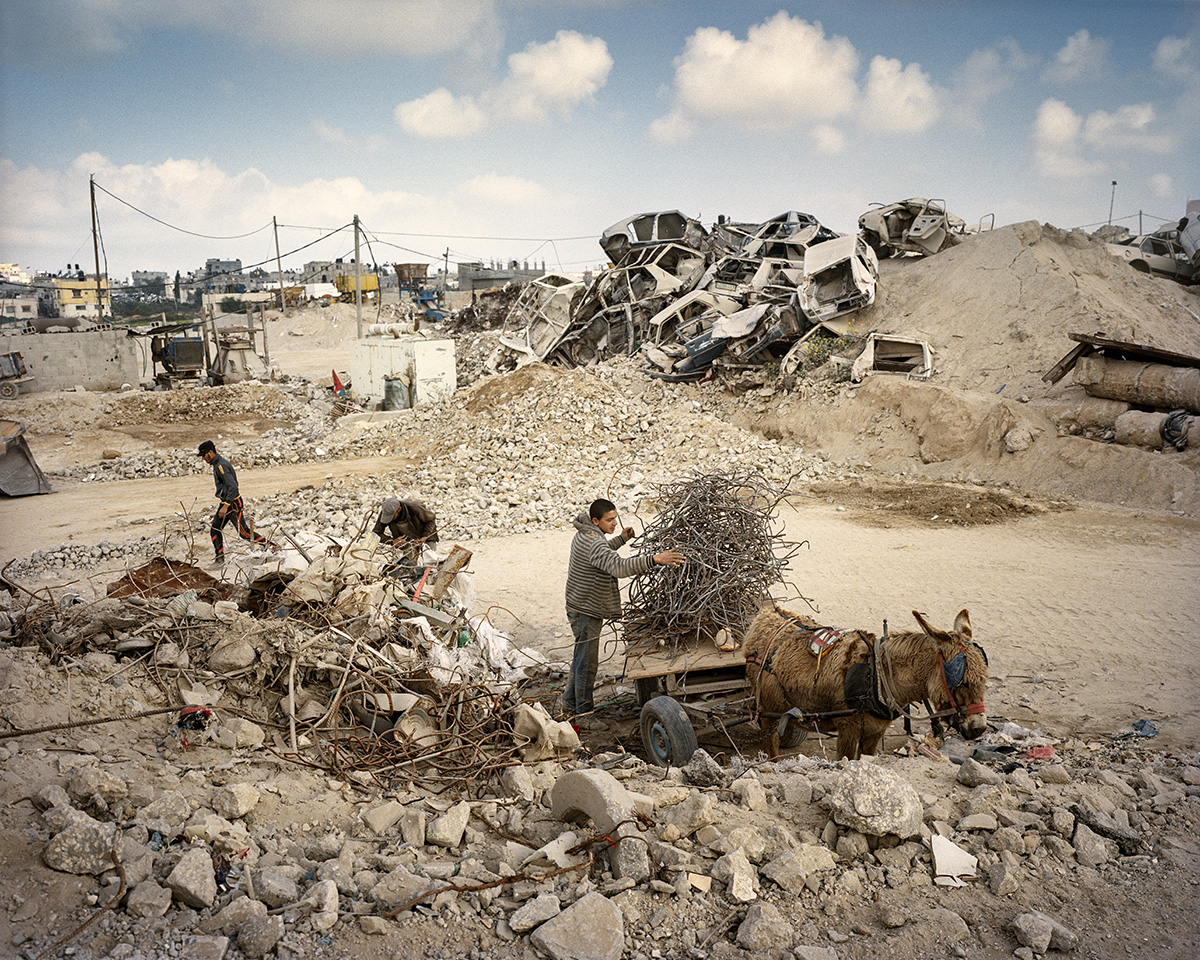Meinrad Schade
Unresolved
I have been working on my photo project Krieg ohne Krieg / War Without War for roughly twenty years. In contrast to classical war photography, I am concerned with sites that are at various distances from war, both temporally and geographically. Rather than focusing on the actual events of war, I am interested in how a conflict becomes visible in everyday life. Faces and bodies, landscapes, villages and cities, streets, squares, and living rooms, the way to work, and leisure parks, museums, memorial days, and theater stages: all areas of life are affected by a conflict—for a long time. Until 2012, among other things, I worked on my project in various countries of the former Soviet Union—the resulting book, Krieg ohne Krieg / War Without War was published in 2015. I decided to turn my attention to the Israel-Palestinian conflict in 2013, and subsequently spent a total of about seven months in both Israel proper and in the occupied and annexed territories, that is, in the West Bank, on the Golan Heights, and in the Gaza Strip. During this—at times extremely tense—period, with deadly confrontations occurring nearly every day, I traveled to the regions of both parties to the conflict, moving back and forth between extremely different societies, realities, and attitudes. For me, different perspectives on the same situation became a real, lived experience. I tried to view sites so frequently photographed in Israel, the West Bank, on the Golan Heights, and in the Gaza Strip with new eyes. The people who live in these precarious spaces are likewise trapped in an endless loop of building, destruction, and rebuilding; of volition and destruction. For them, the conflict is omnipresent in symbols, it is presented to them as a quasi-script to act out. Escape does not seem possible. Reactions and counter reactions, images and counter images supply a steady stream of fresh fuel for the conflict. This is what I tried to capture. The mutually exclusive narratives, which have nested in minds for decades, supposedly offer the parallel societies something to hold onto. A persistent sense of threat is upheld, it is part of the raison d’être; the conflict remains unresolved.
Meinrad Schade
Meinrad Schade was born in Kreuzlingen in 1968. After finishing his studies of biology at the University of Zurich in 1996, he decided to pursue photography. First, he developed his skills as a photographer in the context of the Gruppe Autodidaktischer FotografInnen (GAF) in Zürich 1997/98, and then completed the Lehrgang für Pressefotografie (Program for press photography) at the Medienausbildungszentrum (MAZ) 1999/2000. Schade worked as a press photographer with the St. Galler Tagblatt and then in 2002 began as a freelance portrait photographer and photojournalist, and joined the Lookat Photos agency. Following his commercial activities, and thanks to grants from the Cultural Foundation of the Canton of Thurgau, he has pursued various long-term projects since 2003, which are also shown in exhibitions. In 2011, he was honored with the Swiss Photo Award and also with the ewz selection award for “Editorial Photography.” In 2013, he won the n-ost journalism prize for “photojournalism.” In 2015, the Fotostiftung Schweiz in Winterthur hosted the major solo exhibition Krieg ohne Krieg, and the Verlag Scheidegger & Spiess published the monograph of the same name, which was honored with a silver prize in the Deutsche Fotobuchpreis (German Photobook prize). Also in 2015, Schade received a “fine arts” grant from the Canton of Thurgau. In 2018 he published the book «UNRESOLVED», the result of his photographic essay about Israel and Palestine.
